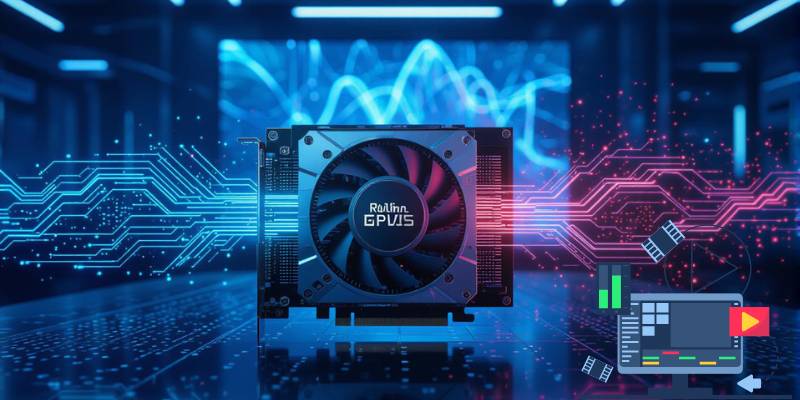
Rubin CPX Redefines AI: Nvidia Builds the Future of Video and Software Generation
San Francisco, September 9, 2025 – Nvidia has once again raised the bar in artificial intelligence hardware with its announcement of Rubin CPX, a new AI chip engineered specifically for heavy-duty tasks like video creation and software generation.
With expectations for launch by late 2026, this next-generation GPU is built to tackle the challenges of massive context loads—up to 1 million tokens per hour of video—by integrating video decode/encode and AI inference into a single, ultrafast package.
More importantly, Nvidia projects that a $100 million investment in this infrastructure could unlock as much as $5 billion in token-driven revenue.
The Power Behind Rubin CPX: Scaling AI to New Heights
Emerging from the Vera Rubin NVL144 CPX rack-scale system, Rubin CPX offers unprecedented compute density—boasting 8 exaflops, 100 TB of memory, and lightning-fast bandwidth. Nvidia says this delivers a stellar 7.5× performance gain over its previous Blackwell-based systems.
This isn’t just about raw power: Rubin CPX is purpose-built for long-context inference, meaning it can process massive swaths of data—like entire videos or sprawling codebases—with far greater efficiency.
As TechCrunch notes, it supports AI workloads with context windows larger than 1 million tokens, perfect for video generation or AI-assisted coding.
Why It Matters: Real-World Impact
- Studios and content platforms could finally streamline high-quality, long-form video generation—imagine autonomous editing or instant highlight reels made by AI.
- Developer tools can harness fuller context to generate code that spans entire projects, not just short snippets—ushering in a new era for intelligent coding assistants.
- Monetization models in AI-as-a-service may tilt toward token-based billing, with Rubin CPX acting as the engine behind scalable, high-revenue APIs.
The Broader AI Landscape
Nvidia’s push comes amid a flurry of strategic industry shifts:
- Its Rubin GPU and Vera CPU, critical components of this platform, are already in the tape-out and fabrication stage at TSMC, pointing to serious momentum toward 2026 deployment.
- Meanwhile, Nvidia has clarified that despite tight demand, its H100 and H200 GPUs are not sold out, maintaining healthy supply levels.
- And over in Europe, Germany just activated the Jupiter exascale supercomputer, powered by Nvidia tech—a strategic nod to regional ambition in high-performance AI research.
Why You Should Care
- Game-Changing Context Handling – Rubin CPX’s ability to process enormous context windows could reshape the foundations of generative video and AI coding.
- Next-Level Efficiency – Embedding video decoding and encoding within the GPU removes bottlenecks, enabling seamless workflows from data input to intelligent output.
- Ecosystem Acceleration – From creators and filmmakers to enterprise software vendors, access to Rubin CPX could unlock innovations that redefine productivity.
In Summary: Nvidia’s Rubin CPX isn’t just another GPU—it’s a strategic leap into a world where AI handles long, complex tasks with efficiency and scale. As companies prepare to tap into this next-gen infrastructure, the payoff may well be transformative for industries across the board.




















